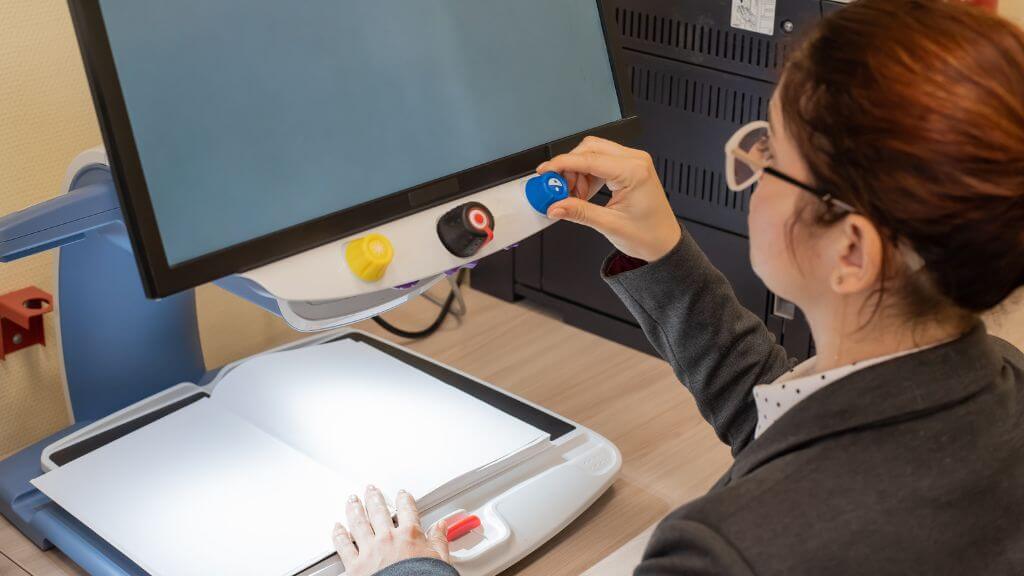Technology has become a lifeline for people across the globe. It helps us learn, connect, shop, and perform other day-to-day tasks with ease.
This is not the case for everyone though, particularly those who are living with disabilities and mental impairments.
This is where the world of assistive technology for reading has become a game changer. Today, this technology is readily available and inexpensive, giving differently-abled users the opportunity to enjoy an equally engaging and memorable online experience.
Relevant: Want to know if your website is ADA-compliant? Read our guide here
Assistive technology for reading was created to support people with reading impairments and disabilities. It aims to enhance reading accessibility and comprehension, giving users more independence and removing barriers online.
Reading assistive technology is available across a range of devices, which means disabled users are able to enjoy a more inclusive reading experience provided the website or app they’re using is compatible with this type of technology.

Read-aloud technology is ideal for users with visual impairments such as color blindness or disabilities such as blindness.
It can also be used by readers who have mental impairments such as dyslexia, making it easier for them to read online material without slowing down or reducing learning speed and ability.
Businesses that want to cater to users and customers with these impairments should ensure their websites and web applications are compatible with different types of reading assistance devices.
And for good reason…
Businesses that choose to adopt assistive reading technology can benefit in several ways:
Next, let’s look at the different types of technology your users might prefer to use when browsing online.

Fortunately, reading assistance devices and technology is readily available.
Low-tech reading tools can generally be found at stores that sell school and office supplies. And many of today’s local libraries assist with content consumption through the availability of audiobooks.
For those looking for assistive reading technology for their desktops, laptops, or mobile devices, this can be downloaded online. Chrome has a built-in screen reader called ChromeVox that can be turned on or off from any page by pressing Ctrl + Alt + z.
Some other options include:
Businesses that want to integrate this type of technology with their websites and web applications have a wide range of software to choose from.
Some of the most popular options include:
Running a successful business means taking the needs of all your users into account, including those with visual impairments. Considering reading assistive technology when building or updating a website ensures you can provide a more inclusive experience while also complying with the necessary accessibility laws and standards.
Screen readers and text-to-speech technology are available for PDF reading, ensuring blind users and those with visual impairments are able to listen to the text contained within the PDF document.